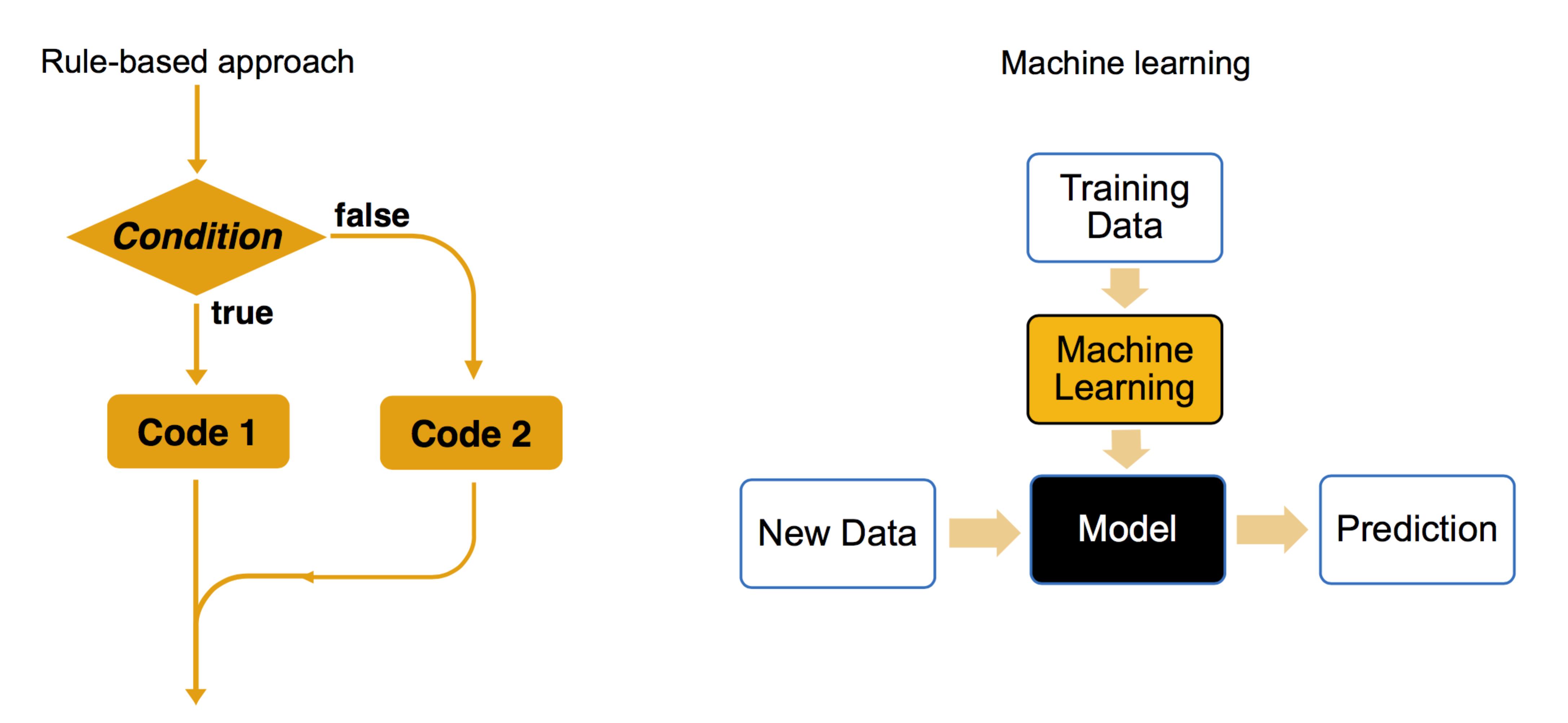

Low-code platforms are development environments that allow users to build applications with minimal coding using mostly visual drag-and-drop interfaces and pre-built components but also offer the flexibility of code. Examples include React, Angular, Django, and Node.js. They’re able to work at a higher level of abstraction. Pre-written frameworks and libraries that give developers ready-made solutions to common programming problems. Well-known examples include Python, Java, C++, and JavaScript. High-level Programming Languages provide a higher level of abstraction than assembly language and offer features like object-oriented programming, built-in data structures, and libraries. Assembly languages are created to be human-readable, unlike machine language, which is comprised of binary and hexadecimal characters. Assembly languageĬonsider assembly language that operates at a low level and is used to interact with a computer’s hardware directly.
Machine learning factory automation code#
An example of this would be the x86 machine code used by Intel processors. Consider these facets: Binary machine codeīinary machine code that is executed directly by the computer’s CPU. The ongoing continuumĪI and machine learning can be said to exist on a continuum of abstraction, an important and even inevitable concept in computing. ML algorithms can identify patterns and trends in data and use this knowledge to make predictions or decisions without being explicitly programmed to do so. Machine learning is a subfield of AI that develops algorithms that learn and improve without being explicitly programmed. Both involve developing algorithms that learn and improve from experience without being programmed.ĪI systems are designed to simulate human cognitive functions, such as perception, reasoning, learning, and problem-solving. What are AI and ML?Īrtificial intelligence (AI) and machine learning (ML) are closely related concepts. In this piece, we will explore the abstraction continuum and how AI and ML are changing mobile app testing.

We saw this with the introduction and rise of no-code and low-code platforms, and we are seeing it again with AI and Machine Learning. SaaS providers are continually moving towards abstraction to put less and less of the technical burden on their users. Amazon shoppers find the checkout process easier than more affordable but less user-friendly e-commerce options. And for mobile app testing, this is where AI and machine learning for test automation comes in. Apple customers prefer the simple user interface and intuitive experience over Android’s customizations and device variety. Most of the time, ease of use beats functionality. The best technology is effective at abstracting the minutiae, the tedious, and the complicated.


 0 kommentar(er)
0 kommentar(er)
